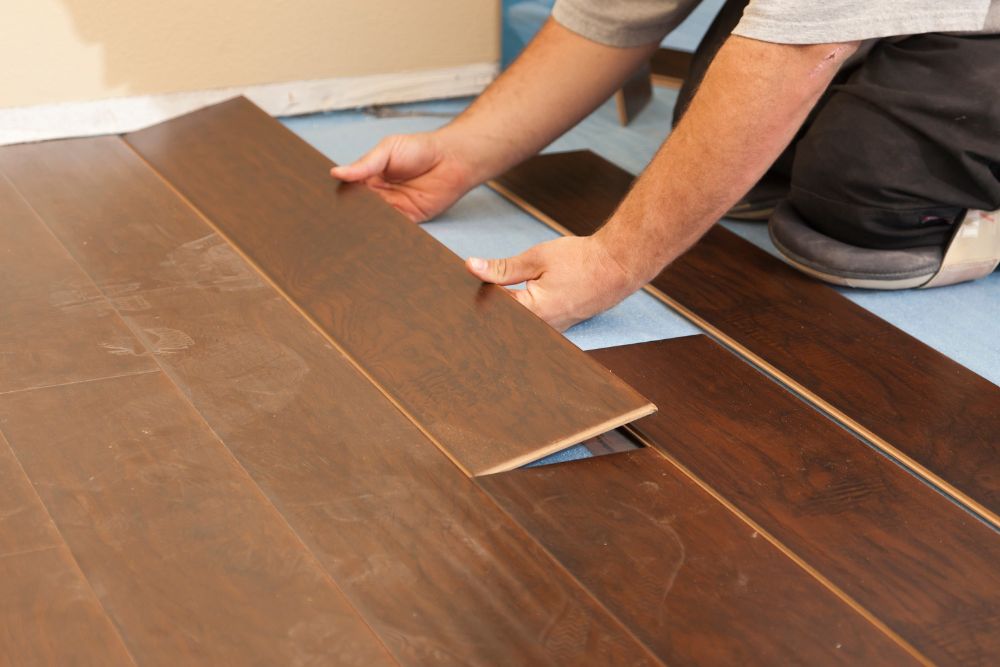Laminate floors are a popular choice for homeowners due to their affordability, durability, and stylish appearance. However, when water damage occurs, they can pose unique challenges for water restoration. In this article, we will explore whether laminate floors need to be removed during the water restoration process, with specific considerations for Auckland homes.
Assessing the Extent of Water Damage
When water damage affects laminate flooring, it is crucial to assess the severity of the situation. Unlike solid wood or tile, laminate is made of composite materials that are highly susceptible to water absorption. Prolonged exposure to moisture can cause warping, bubbling, and separation of the layers, making it difficult to restore the flooring without removal.
Signs of laminate floor damage can include swelling or buckling of the planks, visible gaps or separation between boards, discolouration or dark spots indicating water seepage, and a spongy or soft feel when walking on the floor. If any of these signs are present, it is likely that the laminate flooring will need to be removed to prevent further damage and ensure proper restoration.
Why Laminate Floors May Need Removal
Laminate flooring is often installed as a floating floor, meaning it is not directly glued or nailed to the subfloor. While this installation method offers flexibility and ease of replacement, it also means water can easily seep beneath the planks. This trapped moisture can lead to mould growth under the laminate, posing health risks. Prolonged exposure to water can also compromise the structural integrity of the subfloor, while stagnant water beneath the flooring can produce a lingering musty smell. Removing the laminate allows restoration professionals to address these issues effectively, ensuring that all affected areas are dried and treated.
Steps in Removing and Restoring Water-Damaged Laminate Floors
The process begins with an initial assessment where RestorePro’s experts evaluate the extent of the water damage and identify the areas where removal is necessary. The laminate flooring is then carefully dismantled to minimise additional damage to the surrounding areas and subfloor. Using advanced drying equipment, the subfloor is thoroughly dried to prevent mould growth and ensure stability. If mould is detected, professional remediation techniques are employed to eliminate it completely. Depending on the extent of damage, RestorePro can guide homeowners in choosing and installing new flooring or repairing sections of the existing laminate.
Additional Considerations for Auckland Homes
Auckland’s humid climate and occasional heavy rainfall can increase the risk of water damage in homes. Basements, kitchens, and bathrooms are particularly susceptible to water intrusion. Regular maintenance and prompt attention to leaks or spills can mitigate the risk of extensive damage to laminate floors.
If your home in Auckland experiences flooding or water leakage, it is important to act quickly. Delays in addressing water damage can lead to higher repair costs and potential health risks associated with mould and mildew.
Preventing Future Water Damage to Laminate Floors
To minimise the risk of future water damage to your laminate floors, you should apply waterproof sealants around edges and joints to prevent water seepage. Address leaks from appliances, pipes, or roofing promptly to avoid prolonged exposure to moisture. Using rugs or mats in high-risk areas, such as near sinks and entryways, can help absorb spills. Regularly inspecting your floors for signs of wear, damage, or moisture is also essential in preventing significant issues.
Need Help With Water Restoration in Auckland?
At RestorePro, we specialise in comprehensive water restoration services, including the safe removal and restoration of laminate flooring. With our expertise and state-of-the-art equipment, we ensure your home is returned to its pre-damage condition efficiently and effectively.
If you’re dealing with water damage in Auckland, contact our team today for a consultation. Call us now at 0800 843 776.

